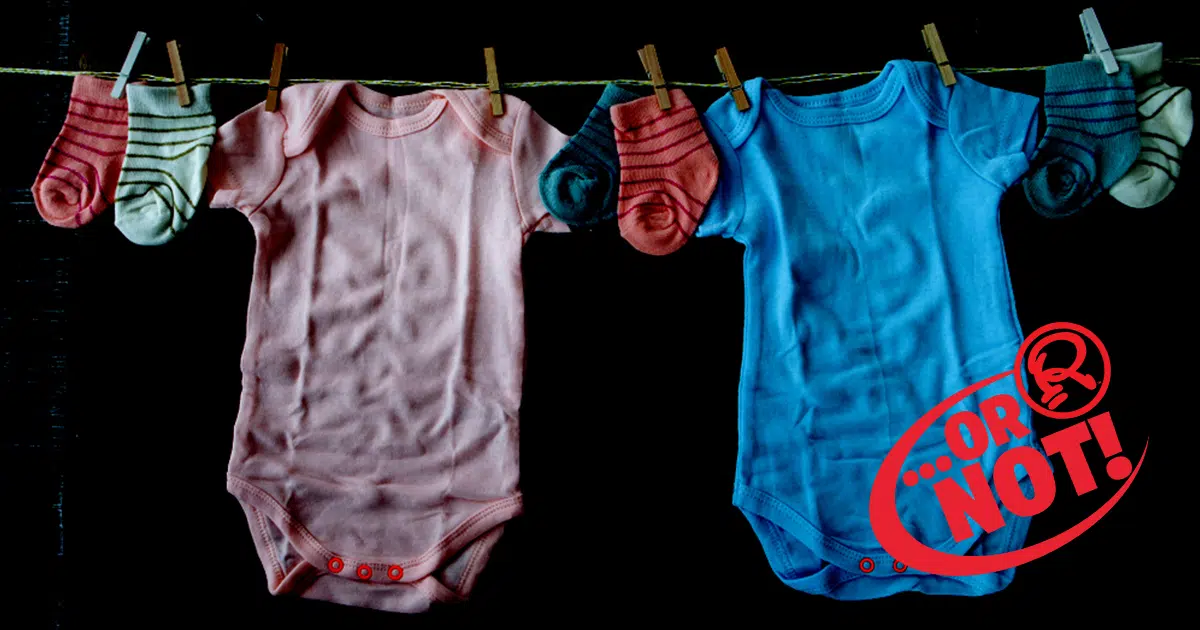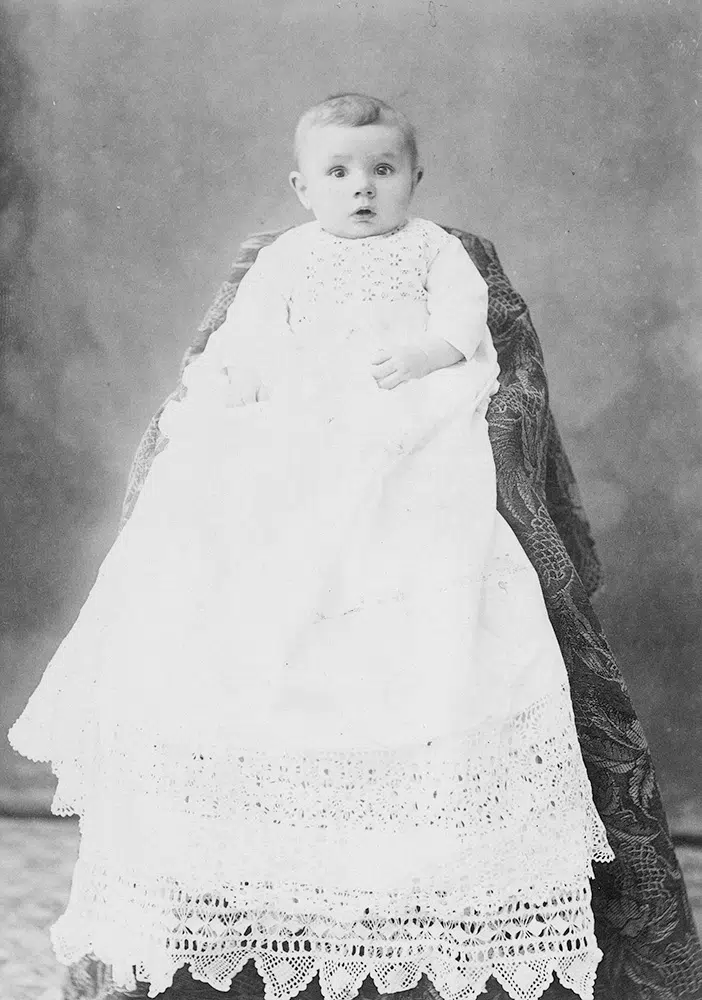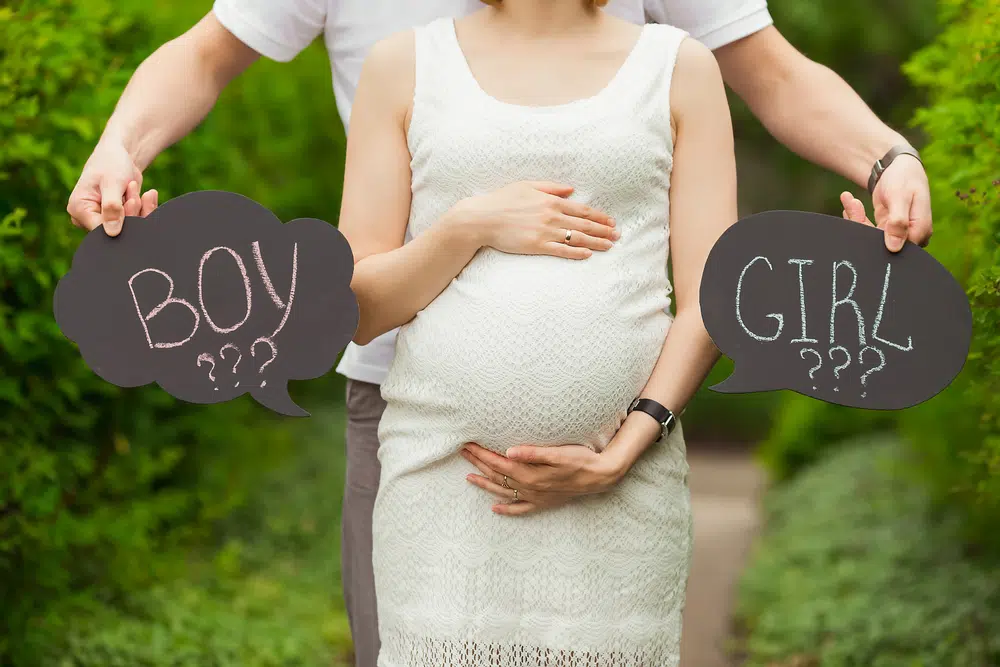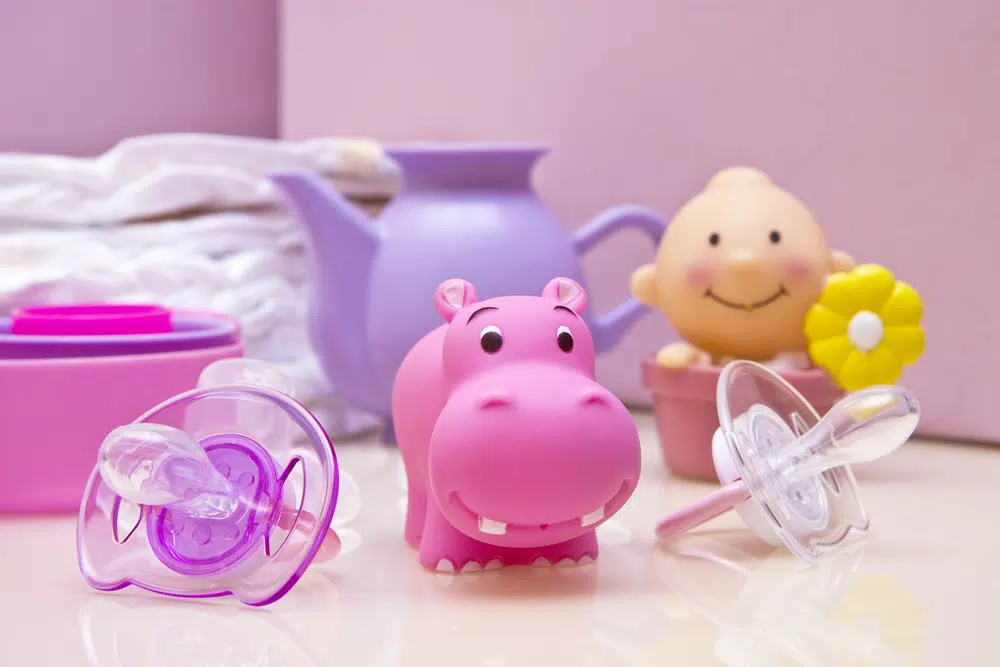
The History Of Pink And Blue’s Relationship With Baby Gender
Featured in Ripley's Believe It or Not!

Today, we are in the middle of a strong debate over the issue of gender roles and gendering items, such as toys and clothing for children. Telling little girls they need to play with dolls and wear pink every day may have been popular in the past few decades, but the truth is, pink hasn’t always been a color associated with femininity or girliness at all. Though it seems like the “pink for girls and blue for boys” distinction has been around forever, it really only took hold as recently as the 1980s.



